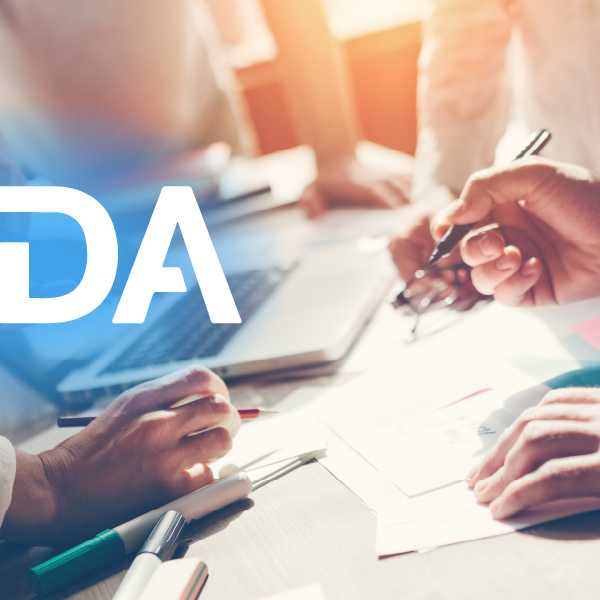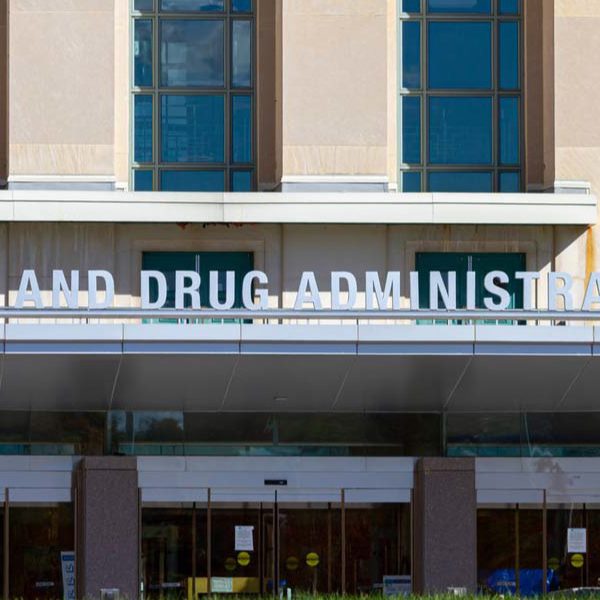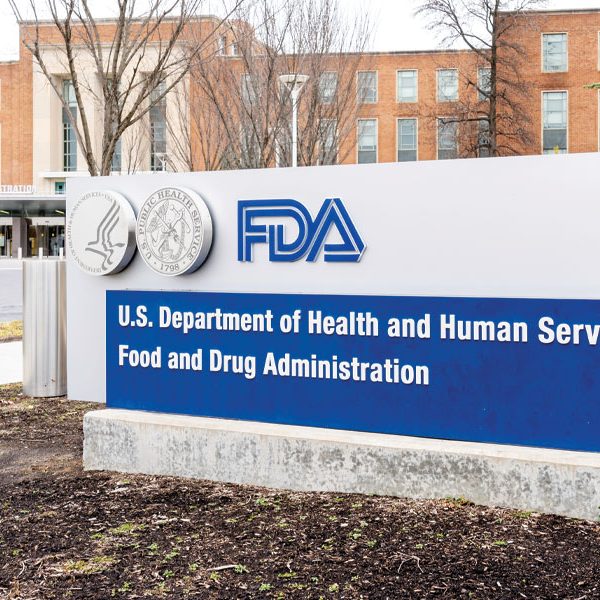Regulatory Strategy, 505(b)(2) Applications, and Chess: A Conversation with Ben Kaspar

In this Expert Insights interview, we sit down with Ben Kaspar, Global Submissions Manager at MMS, to discuss regulatory strategy, 505(b)(2) applications, and general submission advice for any global companies outside of the US that plan to submit to the FDA. In January 2019, Ben earned the inaugural Outstanding Client Service award at MMS for delivering added value to clients beyond the expected. Below is an excerpt of our interview.
What is the role of a regulatory strategist and why is one needed in a global submission?
Generally, regulatory strategists seek to anticipate and mitigate risks, optimize regulatory interactions, and ensure proper follow-through on any guidance from Health Authorities. With global submissions, you have the added challenge of dealing simultaneously with multiple Health Authorities. Strategists can help with the proper sequencing of orphan applications, pediatric requirements, scientific advice, and expedited review programs across regions.
They also work with regulatory operations to identify efficiencies in the CTA/IND process and ensure a rapid and organized study startup. At the NDA/MA stage, a strategist will attempt to integrate all advice and requirements with an eye toward achieving the most efficient submission strategy across regions.
How do you know when you submit an ANDA instead of a 505(b)(2), and vice versa?
I think it’s helpful to think in terms of therapeutic equivalence, which is the concept that two drugs (the sponsor drug and approved reference product) are interchangeable from a safety and efficacy perspective. ANDAs are structured to build an argument for therapeutic equivalence from two components: bioequivalence and pharmaceutical equivalence. The capstone of the ANDA is a label identical to the approved reference product. If the sponsor product is not bioequivalent and/or pharmaceutically equivalent to the reference product, then therapeutic equivalence cannot be presumed and changes to the label are likely. The ANDA is not structured to address this scenario, and this is where the 505(b)(2) comes in. The 505(b)(2) application allows sponsors to provide additional data supporting safety/efficacy differences in their drug product while referencing relevant supportive data from the reference product. The key thing to remember is that any changes to safety and efficacy relative to the reference product will always necessitate a 505(b)(2) application.
For companies based outside of the U.S., what advice can you offer them in preparation for submitting an NDA to the Food and Drug Administration (FDA)?
Early and focused communication is critical. I like to use a chess metaphor here. If you watch really good chess players, they generally lay out their first series of moves very rapidly because there is a clear best move logical to both players at that point. This is called the opening. The match really begins after the opening. Similarly, questions to the FDA should begin after the opening, which has already been laid out in the regulations and guidances. The same mentality should be carried over to the briefing document and meeting prep. We are all susceptible to information saturation in our jobs, so just finding that focus and conveying it effectively can be extremely valuable. When it comes time to prepare the NDA, we have to be very systematic in ensuring that all issues brought up during pre-NDA discussions have been addressed in the application and guide reviewers to the relevant sections. This is pretty basic advice, but it can be very difficult to follow in practice especially with larger teams that constantly have newer team members who may not be with the company since the start of the project. When it is followed, the technical aspects tend to fall into place.
How has the regulatory landscape shifted since you’ve been working on global submissions, and how do you see it changing in the future?
I think the biggest change has been the creation and utilization of expedited approval pathways. This is an area where Regulatory Authorities are moving in the same direction, but are not necessarily harmonized. I do see greater harmonization arising in the future, but it’s going to be a challenge. In the meantime, sponsors need to make every effort to ensure alignment of trial designs and submissions. This is another area where a Global Strategist can be helpful.
What is your leadership style within MMS and how do you work to make other colleagues successful?
I think it’s important to empower team members to become experts rather than to rely on outside expertise. My leadership style is really focused around that. Sponsor teams are getting smaller and are frequently overtaxed, so having that confidence to step in is really important. There are no deus ex machinas in pharma, so it’s important to have a team that is willing to discuss concerns and lend expertise from the beginning of a project.
Email Ben a question at info@mmsholdings.com.











